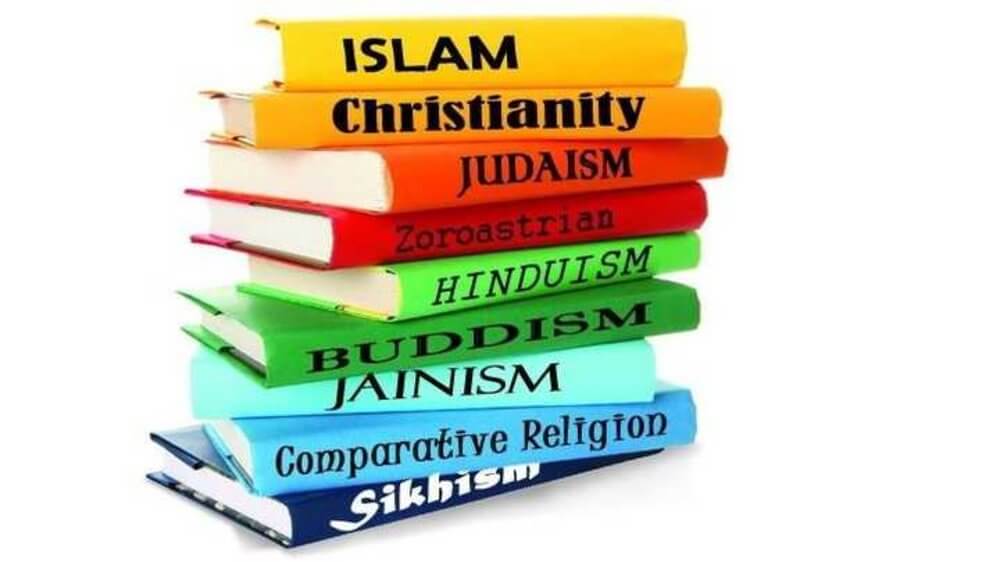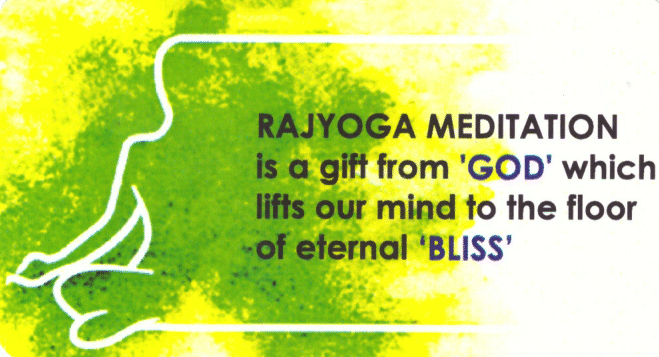
GITA
&
JAINISM
We see that the Turtgabajras of the Jain religion – Parshvanath & Mahavira – had emphasized non-aggression, truth, non-stealing, non-holding, control over the senses, desciline, austerity, etc., and GITA has also stressed the observance of these in an effective and inspiring manner.
In reality, the word ‘Jain’ means control of the senses. The Gita Shalokasare also repeatedly asking man for control of the senses and conquest of the passions of hate and attachment.
Further, the Jain religion preaches right faith, right Gyan, and right action and these ‘Three Jewels (Trirtna) are being advocated by every word of the GITA.
GITA & BUDDHISM
Let us now look at Budhism.
The four great truths with the directions on how to achieve deliverance from desire, and the four rules of conduct – right attitude, right thought, right word and right determination – make up altogether the eight imperatives.
Stress has also been laid in Buddhism on the observance of the rules of non-violence, continence, non-holding, etc. now, all these constitute the very theme of the persuasive GITA discourse.
No body can deny this. GITA has spoken of the characteristics of a self-established, Yoga-equipped person as also of one who cultivates the divine qualities and also describes what is divine heritage. Besides these, it is full of other Godly versions more precious than diamonds i.e. of incalculable worth.
Again, Gautam Buddha has forbidden mortification of the body through austere practice. Gita has also said the same in beautiful words.
GITA & CHRISTIANITY
Now, if we look at Christianity, we notice that all its fundamentals are contained in the GITA discourse. In his ‘sermon on the mount’ Jesus had said – “Blessed are those who are humble, kind, pure, righteous and with clear mind who promote peace and co-operation among people; the kingdom of heaven is theirs and they alone shall be the sons of GOD”.
Almost every chapter of the GITA while describing these attributes calls upon man to rise to even greater heights of divinity.
Further, Christianity teaches: (1) Don’t kill anybody, (2) don’t commit adultery, (3) don’t return evil for evil and (4) love everyone.
Now, if we refer to the GITA, we find that it is about cultivation of these very attributes that it has exhorted us in a sweet, simple, clear and profound manner
GITA & THE MUSLIM RELIGION
Looking at the Muslim religion, we find that it teaches us to love and remember Allah (GOD) most and to take refuge in Him, and follow His dictates, to live in peace and amity with fellow beings and be forgiving, to give alms, to love God too much, to remember only Him and obey His orders; and to give up greed and anger as also to adopt chastity in life.
As regards their philosophic beliefs, the followers of the Muslim and the Christian religions both believe GOD to be the dweller of special abode. Even today, Christians remember GOD as their ‘Father in Heaven’.
Mohammedans also offer prayers to GOD believing Him to be Dweller in the Seventy Sky. GITA also speaks of GOD as the Dweller in Param Dham – the highest region – or Brahmloka.Both these religions believe GOD to be a Supreme Being or Supreme Sol who is Merciful and Compassionate to human souls. They do not believe Him to be all pervading but accept Him to be the Lord dwelling in a transcendental region, which is what has been clearly said in the GITA also.
Here, these religions are nearer the truth than the Buddhists and Jains who also believe the Supreme Buddha and the Tirthankaras as supremely free and liberated souls and also deny the omnipresence of GOD.
Again, both Christians and Mohammadans believe in ‘ONE’ GOD and say that only His refuge should be sought. GITA also has said the same thing repeatedly. It has also said that GOD is Jyoti, which the Muslims call ‘Noor’, and the Christians call ‘Light’.
Moses, whom the Christians, Jews as well as Muslims regard as a prophet, had seen GOD in the form of ‘Light’. GITA also believes Him to be Radiant or Pure (Adityavarna) Light.
Thus, we notice that the divine versions of GOD in the GITA contain all the beliefs on which all the principal religions of the world were founded. Hence, if at the period when GITA was committed to writing people had correctly known all these truths, there would have been no need of any other religion or scripture.
GITA would have been universally accepted and revered as the only scripture based on direct Godly versions as a consequence of which all the human souls of the world would have been linked together as brothers like beads in a single rosary with the Supreme Soul at the top.
As a happy result of this there would have been no such thing in the world as ‘sorrow’ or ‘peacelessness’.
But the mistake that occurred – and it was pre-ordained – was that the people forgot the true identity of the GOD or the Sermonizer of the GITA as a result of which the Godly versions of the GITA were bereft of both their force and substance or, in other words, they were reduced to simply the thin butter-milk.
That is the reason why the soul fails to receive power from the words of the GITA, although lots of people recite it today.
Now that the true substance of the GITA has been placed before the readers, it should be clear that is the Mother i.e. the foundation-source of all religions and scriptures.
If the ‘True Essence of 'Bhagwad Gita’ is read in its true perspective, everyone will become Arjuna & can win over his/her own vices.
If anyone interested in acquiring further knowledge on the subject, and those who want to learn RajYoga Meditation & experience 'GOD', can avail of free services being rendered by the Centres of Prajapita Brahma Kumaris Ishwariya Vishwa Vidyalaya in many parts of the world.
Meditate with us! At no cost AT ALL… & Get the Clear Message of GOD
Also Read:
According to Gita-Enemies are Vices





Leave a Comment